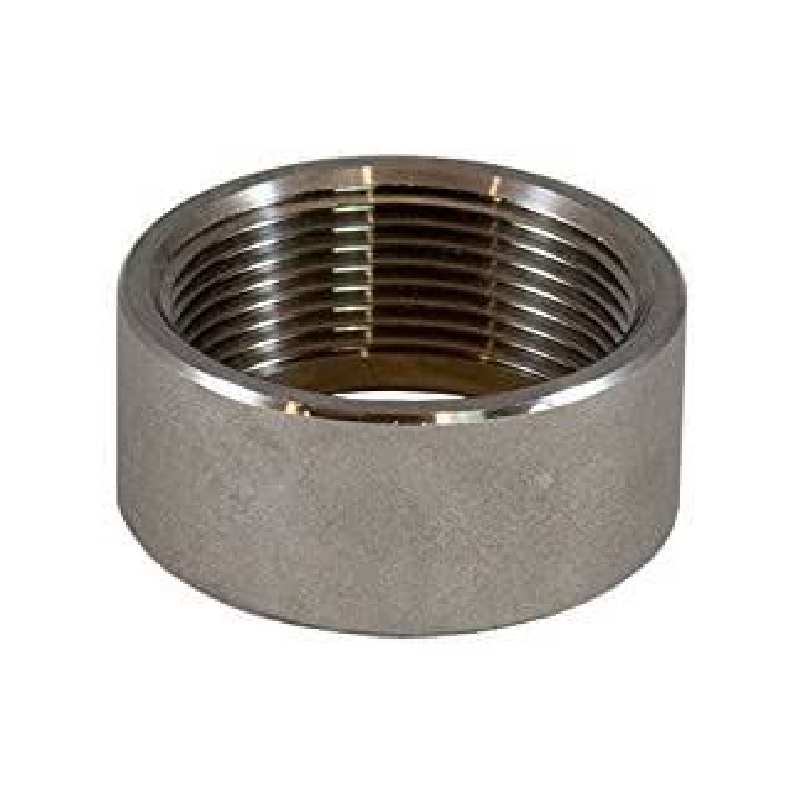-
Cangzhou Yulong Steel Co., Ltd.
-
Phone:
+86 13303177267 -
Email:
admin@ylsteelfittings.com
- English
- Arabic
- Italian
- Spanish
- Portuguese
- German
- kazakh
- Persian
- Greek
- French
- Russian
- Polish
- Thai
- Indonesian
- Vietnamese
- Zulu
- Korean
- Uzbek
- Hindi
- Serbian
- Malay
- Ukrainian
- Gujarati
- Haitian Creole
- hausa
- hawaiian
- Hebrew
- Miao
- Hungarian
- Icelandic
- igbo
- irish
- Japanese
- Javanese
- Kannada
- Khmer
- Rwandese
- Afrikaans
- Albanian
- Amharic
- Armenian
- Azerbaijani
- Basque
- Belarusian
- Bengali
- Bosnian
- Bulgarian
- Catalan
- Cebuano
- China
- China (Taiwan)
- Corsican
- Croatian
- Czech
- Danish
- Esperanto
- Estonian
- Finnish
- Frisian
- Galician
- Georgian
- Kurdish
- Kyrgyz
- Lao
- Latin
- Latvian
- Lithuanian
- Luxembourgish
- Macedonian
- Malgashi
- Malayalam
- Maltese
- Maori
- Marathi
- Mongolian
- Myanmar
- Nepali
- Norwegian
- Norwegian
- Occitan
- Pashto
- Dutch
- Punjabi
- Romanian
- Samoan
- Scottish Gaelic
- Sesotho
- Shona
- Sindhi
- Sinhala
- Slovak
- Slovenian
- Somali
- Sundanese
- Swahili
- Swedish
- Tagalog
- Tajik
- Tamil
- Tatar
- Telugu
- Turkish
- Turkmen
- Urdu
- Uighur
- Welsh
- Bantu
- Yiddish
- Yoruba

Dec . 01, 2024 08:59 Back to list
Techniques and Best Practices for Pipe Welding and Fabrication in Industrial Applications
Pipe Welding and Fabrication An Essential Skill in Modern Industry
Pipe welding and fabrication are fundamental processes in various industries, including construction, manufacturing, and energy production. As a crucial aspect of pipeline construction and maintenance, understanding the techniques, materials, and applications involved in pipe welding and fabrication is vital for ensuring structural integrity, safety, and efficiency in operations.
What is Pipe Welding?
Pipe welding refers to the process of joining two or more pieces of pipe together using various welding techniques. This operation can involve different types of pipes, such as carbon steel, stainless steel, and plastic, each having specific properties and applications. The most commonly used welding methods for pipes include Shielded Metal Arc Welding (SMAW), Gas Tungsten Arc Welding (GTAW), and Gas Metal Arc Welding (GMAW). Each method has its advantages and disadvantages, often chosen based on the project requirements, material types, and environmental conditions.
Key Pipe Welding Techniques
1. Shielded Metal Arc Welding (SMAW) Also known as stick welding, SMAW uses a consumable electrode coated with flux to generate an arc between the electrode and the base metal. The flux provides a protective gas shield, preventing oxidation and contamination. SMAW is versatile and can be used in various positions, making it a popular choice for outdoor projects.
2. Gas Tungsten Arc Welding (GTAW) Commonly known as TIG (Tungsten Inert Gas) welding, GTAW uses a non-consumable tungsten electrode to produce the weld. A shielding gas, typically argon, protects the weld pool from atmospheric contamination. GTAW is renowned for its precision and is often used for thin-walled pipes or when high-quality welds are required.
3. Gas Metal Arc Welding (GMAW) Also known as MIG (Metal Inert Gas) welding, GMAW involves feeding a continuous wire electrode into the weld pool while a shielding gas protects the weld area. This method is efficient and allows for higher travel speeds, making it ideal for large-scale pipe fabrication projects.
pipe welding and fabrication

The Fabrication Process
Pipe fabrication encompasses various steps, including cutting, fitting, and welding pipes to create a complete system that meets specific design requirements. The fabrication process starts with cutting the pipes to the desired length using methods like band sawing, plasma cutting, or torch cutting. Once cut, the pipes are fitted together using jigs and fixtures to ensure accurate alignment.
After fitting, the pipes undergo welding, which is followed by inspection and testing. Non-destructive testing (NDT) methods, such as ultrasonic testing or radiographic testing, ensure the welds are free of defects and meet industry standards. Proper quality control measures are essential to guarantee the longevity and safety of the pipeline.
Applications of Pipe Welding and Fabrication
The applications of pipe welding and fabrication are vast. In the oil and gas industry, pipelines transport crude oil, natural gas, and refined products over long distances. In the construction sector, welded pipes are essential for plumbing, heating, and cooling systems. Furthermore, the power generation industry relies on fabricated pipes for steam and water transport in power plants.
Conclusion
Pipe welding and fabrication are indispensable skills in today’s industrial landscape. As technology advances and industries evolve, the demand for skilled welders and fabricators continues to grow. Investing in quality training and staying updated with industry standards is crucial for professionals in this field to ensure they meet the rigorous demands of modern manufacturing and construction practices. In sum, excellence in pipe welding and fabrication not only contributes to the efficiency of operations but also ensures the safety and reliability of the infrastructure that underpins our society.
Latest news
-
ANSI 150P SS304 SO FLANGE
NewsFeb.14,2025
-
ASTM A333GR6 STEEL PIPE
NewsJan.20,2025
-
ANSI B16.5 WELDING NECK FLANGE
NewsJan.15,2026
-
ANSI B16.5 SLIP-ON FLANGE
NewsApr.19,2024
-
SABS 1123 FLANGE
NewsJan.15,2025
-
DIN86044 PLATE FLANGE
NewsApr.19,2024
-
DIN2527 BLIND FLANGE
NewsApr.12,2024
-
JIS B2311 Butt-Welding Fittings LR/SR 45°/90° /180°Seamless/Weld
NewsApr.23,2024











